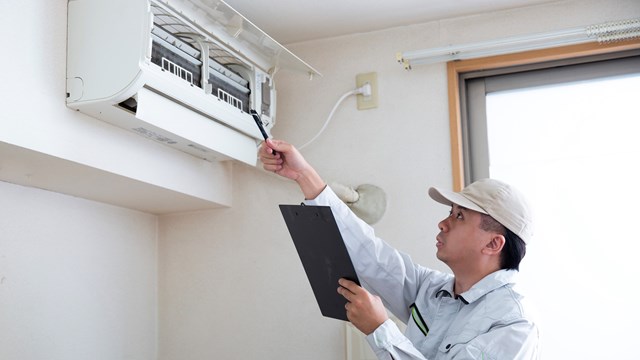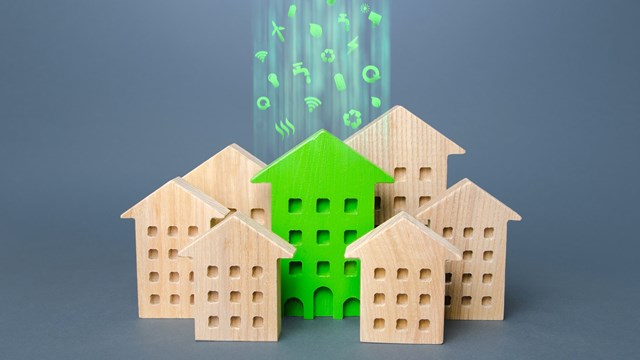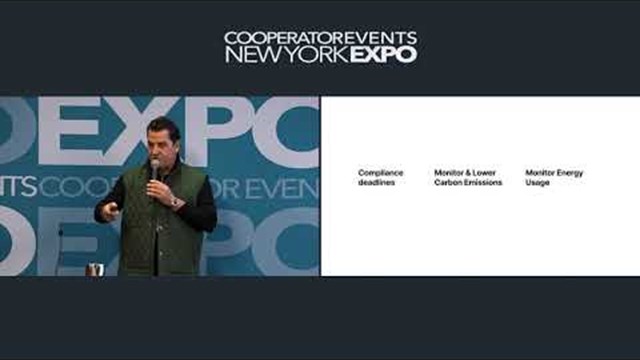
New York City is actively pursuing measures to reduce greenhouse gas emissions citywide. Achieving this goal will take the combination of numerous initiatives, but in order to make significant strides, the city must address its biggest source of carbon emissions—residential and commercial buildings—head-on. Buildings produce the most CO2 emissions in the city, and residential buildings are the worst offenders, producing 30 percent of the citywide total. That’s more than both transportation and industry, which are normally perceived as the major culprits in global warming.
When combatting climate change, it is especially important to focus on the city’s existing housing stock. It is projected that by the year 2030, 85 percent of building emissions will come from currently existing buildings. Through measures proposed by PlaNYC and enacted by Local Law 22, the city has committed to reduce its carbon emissions to 30 percent of 2005 levels by 2030. With existing buildings producing the majority of these emissions, it is imperative to address this glaring problem. Tasked with this mandatory 30 percent reduction, the City Council has proposed a package of four pieces of legislation to address the issues within existing buildings.
Legislatively Speaking
The legislation includes the controversial Intro. 967 – Audits, Retro-Commissioning and Retrofits. This item would require the owners of buildings, which measure 50,000 square feet or larger to have an energy audit performed by a Department of Buildings (DOB) defined energy professional once every 10 years. The audit report would include recommendations for improvements to the central building systems that have a simple payback of no more than five years that the owner is then required to implement. There are exemptions for buildings that already can prove a determined level of efficiency, have certain certifications or prove to be in “financial distress,” but as with the rest of the legislation many of the operational details are still being determined. Intro. 565 - NYC Energy Conservation Code requires renovations, no matter the size, to meet new New York City energy conservation code standards. This closes a previous loophole where renovations of less than 50 percent of a building’s systems did not have to meet energy code. Intro. 973 – Lighting, requires commercial buildings over 50,000 square feet to upgrade lighting systems to meet the New York City energy conservation code during any renovations to the building. By 2022, upgrades to the lighting systems are required for the entire building including exterior lighting. All of this legislation is requiring buildings to start making improvements to their buildings to comply with codes and that will ultimately save them money through reduced energy costs.
Intro. 476 – Benchmarking, is a focal piece of legislation because of the underlying importance benchmarking has for energy-efficiency improvements in all buildings. Benchmarking involves assessing the annual use of energy and water for a building to produce a snapshot of the building’s energy usage that can be compared to existing metrics. Benchmarking provides the fundamental information necessary to create a baseline for building energy performance. Without first knowing existing usage it is impossible to meaningfully measure or implement necessary energy improvements. Using this information, co-ops and condos can be empowered to pursue energy efficiency improvements with confidence.
Benchmarking Energy Usage
The proposed legislation requires the benchmarking of the energy and water use of buildings over 50,000 square feet. Using annual utility bill information, the gross floor area, the percentage of the floor’s surface area, which is heated and cooled and other optional information like number of units, in the EPA’s Energy Star Portfolio Manager, a building can produce a score to analyze and compare their energy usage against other buildings. Large buildings would be required to provide this information annually to the Department of Buildings beginning July 1, 2010 and every May 1st thereafter. The intention of this information is to serve as an education tool for owners and residents about the efficiency of their buildings. While data collection would begin in 2010, owners would only be required to share their information on a public website starting September 1, 2013. Once public, shareholders and unit owners could better understand the relative efficiencies of various buildings. Producing hard data means that energy benchmarking can have cost benefits when it comes to determining real estate value.
The EPA Energy Star Portfolio Manager is currently available for buildings to use on a voluntary basis. It is a way to track energy and water usage, measure the progress of efficient energy improvement projects and assess investment priorities. The tool displays information such as the energy use, carbon dioxide emissions and water use per square foot. This information can be updated annually to draw a comparison, review trends in data benchmarked over the years. The purpose of the tool is to take the available information, and present it to building owners in a way that can be easily understood and, there after, applied to the decision-making process.
While the proposed legislation would make benchmarking a requirement for large buildings, it is still a beneficial exercise for buildings of all sizes to go through and become familiar with. The world will be faced with important decisions in the near future concerning energy use and the impact of energy sources on the environment, our health, our security and our bottom line. Finding solutions to New York City’s energy consumption and greenhouse gas emission problems is no different than any other problem. However, to ensure that we are making informed decisions it is imperative to first gather as much information as possible to make rational and substantiated decisions.
More information about all of the proposed legislation can be found by searching the City Council’s Legislative Resource Center at http://legistar. council.nyc.gov/Legislation.aspx.
The EPA Energy Star Portfolio Manager is available in the tools section of their website at www.energystar.gov.
Erik Nevala-Lee is a volunteer with GreenHomeNYC, a non-profit that helps New York City’s buildings go green. He can be reached at elee@ greenhomenyc.org.









Leave a Comment